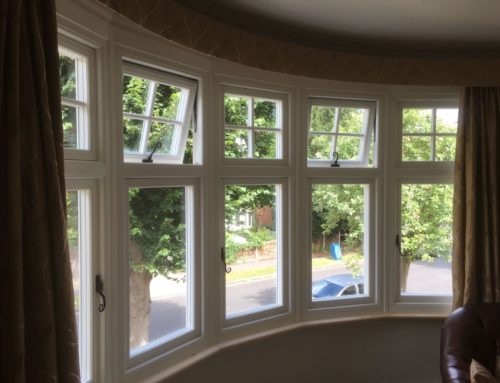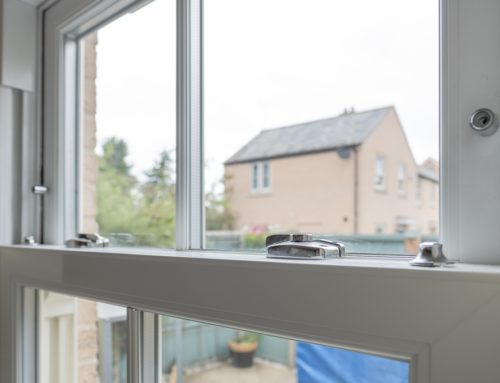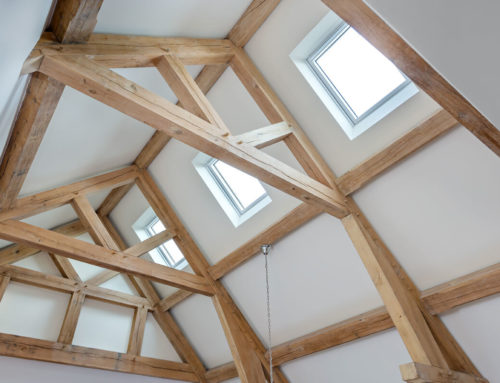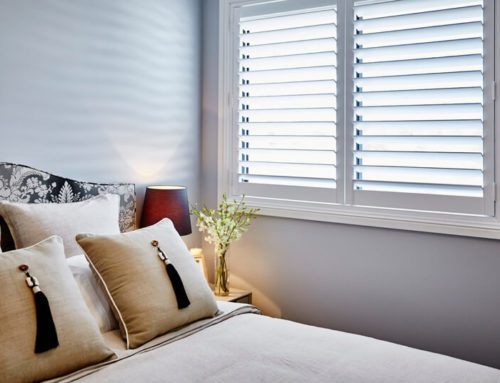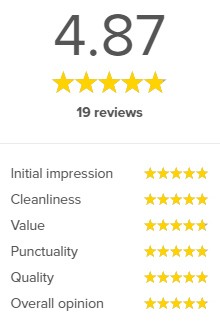 When you’re investing in your home, you want to be sure you’re making the right decisions. The problem, sometimes, is that every industry has its own jargon and it seems like a foreign language when you’re not part of it. With that in mind, we’ve put together an overview of some of the key terms you might encounter when researching new windows.
When you’re investing in your home, you want to be sure you’re making the right decisions. The problem, sometimes, is that every industry has its own jargon and it seems like a foreign language when you’re not part of it. With that in mind, we’ve put together an overview of some of the key terms you might encounter when researching new windows.
FENSA vs Certass: What’s the difference?
FENSA and Certass are the double glazing industry’s two biggest self-certification bodies. There are similarities and differences between the two – both are UKAS (United Kingdom Accreditation Service) accredited, for example, but Certass also has TrustMark accreditation, which is a government-backed scheme designed to help consumers find reputable tradesmen.
Both schemes ensure that registered installers offer deposit protection as well as insurance policies on top of standard company guarantees. The main point to remember is that you should check that any provider is a member of a certified body and is therefore adhering to the required laws and regulations governing the industry.
Is there a standard window?
Even when choosing to install standard windows, there is a range of options, from the material of the frame to the style and functionality. The style of the window should integrate with the overall look of your home; for example, Ovolo frames are specifically designed to complement traditional 1920/30s homes and offer period style with all the benefits of modern windows. Other options address more practical concerns – Egress windows open to the maximum width to offer an emergency exit where required and the slimmer, smooth Bevelled Profile frames are designed to dispel water.
Decisions, decisions – bay, bow, sash, or tilt and turn?
Both bay and bow windows project outward from a building and are comprised of separate panes attached together. As well as having aesthetic differences, the choice between the two will depend on the design and specifications of your home; a bay window can be constructed with a minimum of three panes, for example, but a bow window will require at least four.
If you are looking for an option to complement a period-style home, or add elegance to a more modern build, sash windows (made up of one or more moveable panels) may provide a solution. An alternative that has a similar design but greater functionality is the tilt and turn window. These perform exactly how the name suggests: the sash can either tilt inwards on a horizontal axis or turn on a vertical axis, like a traditional window. They are designed to provide maximum light and ventilation for your home.
Here at Hamilton Windows, we can help you decipher the jargon to find the best windows for your home in Surrey. Contact us today for a free, no-obligation consultation.

